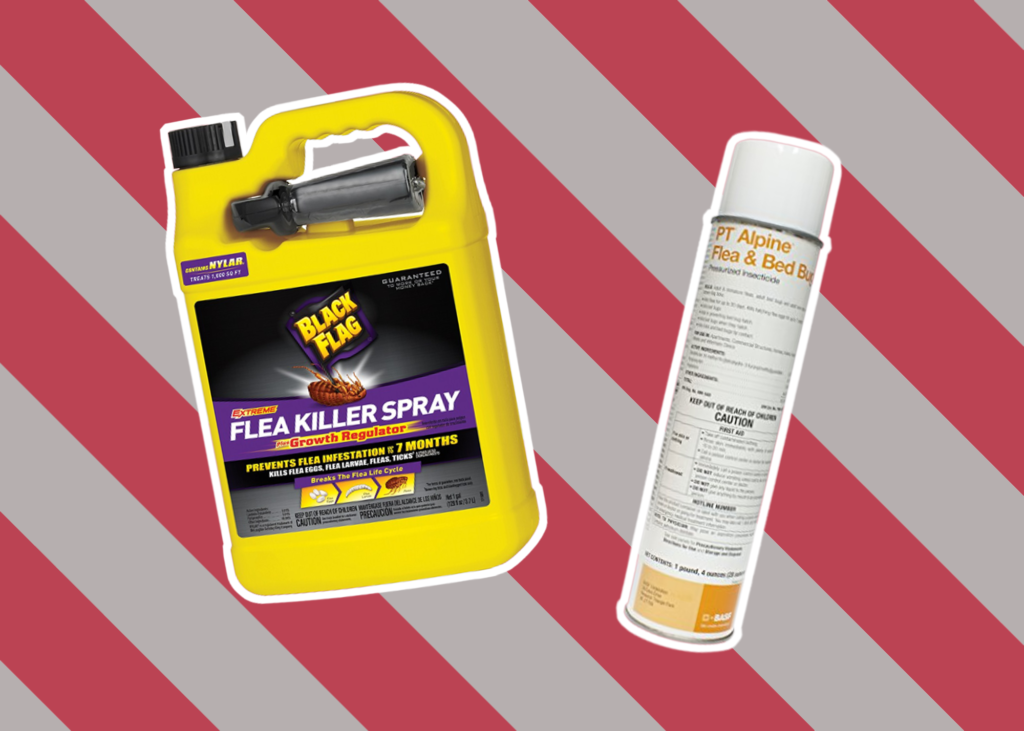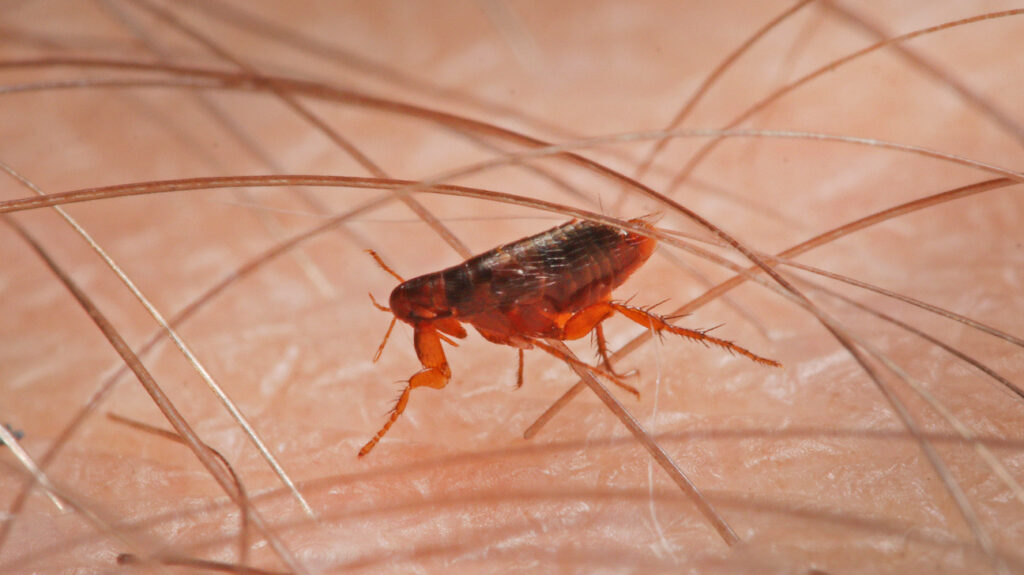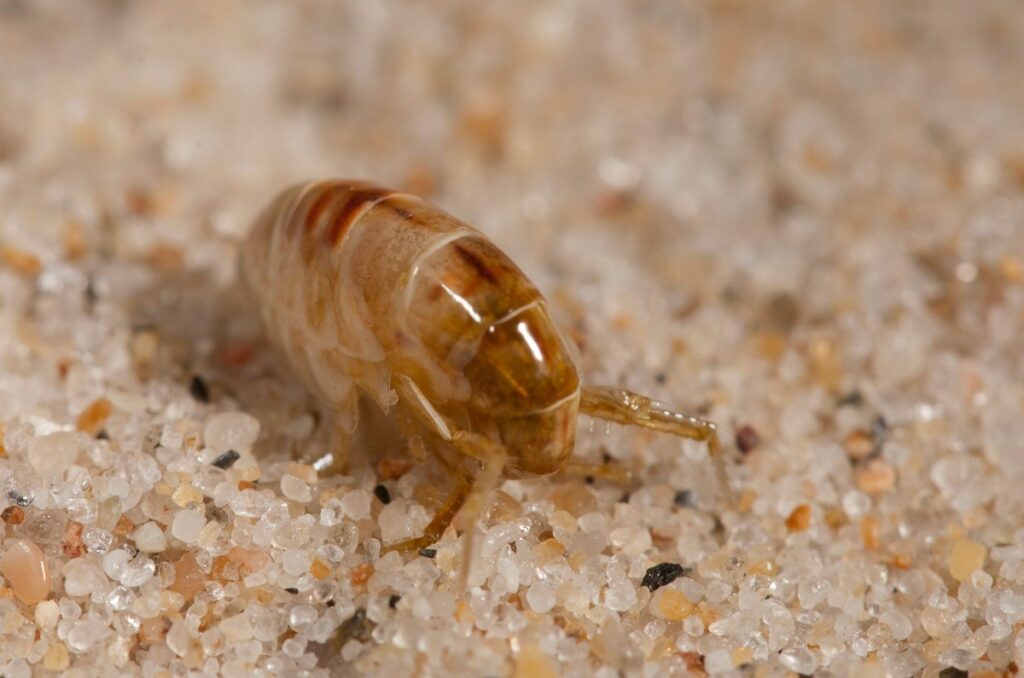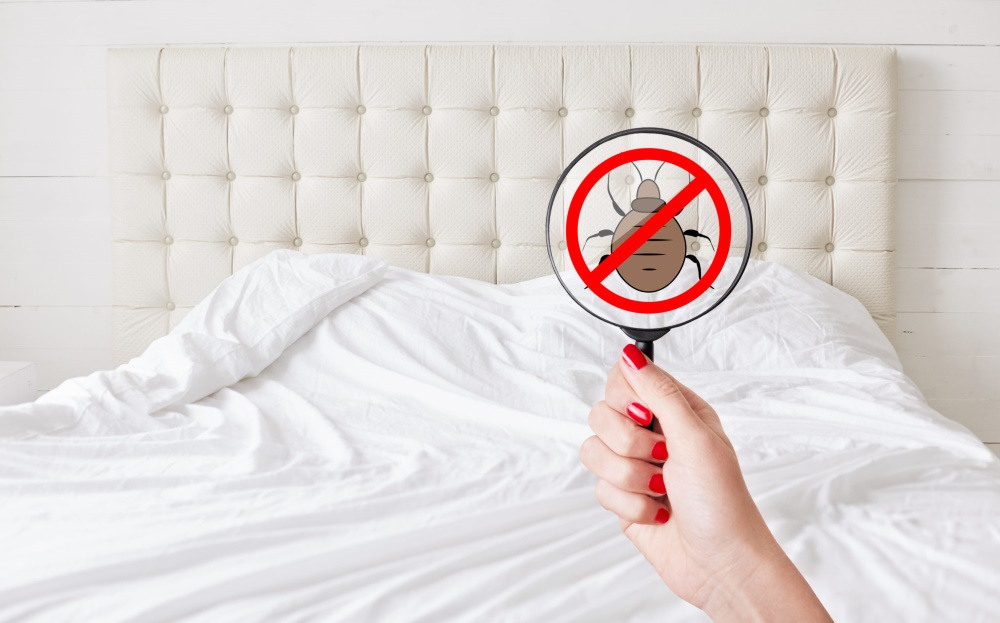

Your fur babies are the best thing that ever happened to you until they populate your home with fleas. Once fleas make it into your home, their population grows rapidly, and getting rid of them completely can be quite the hassle. Luckily, you can reclaim your home from these stubborn pests with the help of a pest control professional. You can also handle the infestation yourself with any of the common natural remedies for killing fleas.
One of the most popular natural remedies is spreading table salt on the fleas. The salt will absorb all the moisture from the fleas and dry out their bodies. Fleas, like most pests, breathe in oxygen through tiny openings all over their bodies. With salt in the openings, the fleas can die easily. This article gives all the pro tips on how to use salt to kill fleas. Read on to see the remedy’s effectiveness and how it works.
Fleas are so tiny; seeing them with your naked eyes is almost impossible. However, you can easily notice the signs of an infestation. The pests feed on the blood of a host, usually mammals like dogs, foxes, cats, rodents, and humans. You and your pets can have an allergic reaction to the fleas’ bites, depending on your sensitivity. According to an article by Science Direct, most mammals are allergic to the protein in flea saliva.
One of the first signs of a flea infestation is your pet scratching unusually. If they scratch so hard that their skin becomes sore and infected, fleas should be your first suspicion. You may also notice their hair falling off. Your pets can ingest the fleas and get tapeworms when scratching or licking the bit area. Although tapeworms are internal parasites, you will easily notice them where your pet sits or sleeps as white rice-like substances.
A sudden behavior change is also a good indicator of flea infestation. If you notice a difference in the behavior patterns of your pet, then you should check them for fleas, as flea bites can be extremely uncomfortable.
Fleas can also travel from pets to humans, especially if you spend a lot of time with your pets and allow them to sit on your bed. According to an article by the Michigan State University, you can also suffer from itchy and painful skin lesions on the lower parts of your legs or ankles. You will likely notice these reactions about 12 hours after a flea bites a person.
Another sign of a flea infestation is specks of dried blood on your pets’ bedding, on your clothes, or bedding. Once you notice any of these signs, you should act fast because fleas reproduce rapidly. When you spot the first flea, assume a thousand others are around.
Fleas are pretty tiny, even when they are all grown into adulthood. Adult fleas are only a twelfth an inch long. The pests are wingless and have six legs. Their black or dark brown appearance makes them look like black pepper of black specks to the human eye.
Baby fleas are tinier, thus hard to see with the naked eye.
They start as eggs smaller than a grain of sand then hatch into white larvae with brown heads. The larvae are as tiny as the thickness of one credit card. The larvae are wormlike, and they feed on organic stuff like adult flea poop, dead skin, and food particles. When they eat to their fill, their bodies turn purple. Eventually, the larvae spin a white, silky cocoon where they live for one and a half weeks before turning into an adult.
Knowing the life cycle of fleas is like half the battle of getting rid of an infestation. Fleas develop through four stages: egg, larvae, pupae, and adult. The complete cycle can take just a few weeks or months, depending on the environment. The adult females feed on their host and lay eggs smaller than a grain of sand.
The eggs hatch into the larva stage anywhere from two to fourteen days. The larvae feed on organic matter, including the adult flea poop and pre-digested blood, before forming a cocoon. The larvae develop into the pupae stage in the cocoon. After a week or ten days, the adult flea emerges from the cocoon, and the cycle begins again.
Fleas, like other pests, look for where they can feed and stay warm. If you have pets, then your home is the perfect place for them. They will feed on you and your pets’ blood and have a million hiding spots to reproduce and keep warm.
Your dog, cat, or any other furry animal may catch fleas when you take them out for a walk or if they interact with your neighbor’s pet. You could also bring fleas into your home if you give your neighbor’s infested puppy endless pets.
The adult fleas you or your pet bring home lay up to 50 eggs daily. These eggs can remain on your pet’s body or fall onto the carpet, furniture, and other household items. If you are the carrier and you don’t wash your clothes the same day, the fleas’ eggs would spread the same way. The eggs only take one to ten days to hatch, and in no time, you will have multiple adult fleas all over your home.
According to an article by Healthline, fleas are harmless to humans, but they will bite if a feathered or furred host is not around. In rare occasions, if you allow your pet to sleep on your bedding or sit on your furniture, you may wake up with itchy red dots on your feet, ankles, or shins. Fleas bite the lower body parts like the legs, where the skin is warm and moist. The red dots will appear in a straight line or with a halo surrounding the center.
Salt has Sodium’s moisture-absorbing qualities and is abrasive enough to damage and penetrate fleas’ exoskeleton. Therefore, when you sprinkle salt on a flea’s body, it dies. Also, sprinkling salt in fleas’ hiding spots can suck all the moisture from their environment, which they need to survive.
Salt works best in eliminating fleas in their most vulnerable development stages, which are the larvae and adult stages. The eggs and pupae stage are very protective of the flea and may be hard to completely eliminate with salt.
Although salt has been proven to work against a flea infestation, it has its downsides. For starters, it may be so hard for you and your pets to avoid the area for as long as it is required for the salt to work. Stepping or sitting in the area reduces the chances of the method working.
What’s more, excessive salt can damage your upholstery, carpets, and other fabric surfaces, causing them to wear out. Also, the salt method is only great for killing fleas on your home’s surfaces. You can use it on your pets, but it can irritate their skin and harm them if they lick most of it. Killing the fleas on the surface areas of your home only guarantees another grand takeover.
For the salt remedy to work, you have to accompany it with thorough and persistent vacuuming. After a few days when the salt has taken effect, vacuum your entire home thoroughly and dispose the content well just in case some fleas survived. Careful disposal is crucial because flea larvae can live up to a full year without food.
Here is how to get rid of fleas with the salt in your pantry.
A large container of table salt should be enough to treat a standard-sized room. Luckily, salt is affordable and easily accessible. You can also use sea salt as long as it is highly refined. If the salt you have in the house is not highly refined, you can refine it yourself. Coarse salt particles are highly unlikely to come into contact with the fleas and flea eggs. Grind the salt with a blender or a grinder into a fine powder before using it to treat your home against fleas.
Although fleas highly prefer the warm refuge of a living host, they can enjoy warm refuge in cozy surfaces like pet beds, upholstered furniture, carpets, and bedding. Regular vacuuming is helpful to a certain extent, but salt would significantly increase your chances of reducing the flea population in these hiding spots.
Sprinkle the salt in all the areas where the flea could be hiding. Brush it in the furniture’s upholstery, carpet, and pet bedding to ensure it gets down into the material. Leave the salt on for up to 48 hours. Do not allow your pets, kids, or anyone around the area until the time lapses for the salt to take full effect.
Forty-eight hours sounds like a lot of time, but the longer you leave the salt in the infested areas, the higher the chances of the fleas encountering it and meeting their death.
After 48 hours, you can vacuum the entire place and clean it. Vacuum the carpet and furniture thoroughly. Get a smaller vacuum for the couch and other small items so that you get into all the tiny crevices. When you are done vacuuming, empty the contents of the vacuum’s canister into a sealable bag, then take it to the outside trash. The sealable bag will prevent any surviving fleas or flea larvae from remaining in the house. Flea larvae can go up to a year without food, and any carelessness puts you at the risk of an even bigger infestation.
Repeat the process after 7 days or two weeks for maximum effectiveness. If you still see signs of fleas, repeat the process continually for a few more weeks until the entire infestation is cleared. It is normal to still have fleas after one or two treatments because any fleas that were still in the pupae stage inside their cocoons when you were treating your home were safe from the effects of salt. Once they emerge as adult fleas, they are vulnerable, and the third of fourth salt treatment would get them.
Do the salt treatment in your yard and all the areas your pet go to in your home.
If you feel you could use an effective alternative to the salt treatment, consider the popular Wondercide Flea and Tick Spray. The spray is safe for cats and dogs of all ages, and it kills and repels fleas, ticks, and mosquitoes from your home.
The Vet’s Best Flea and Tick Yard and Kennel Spray is also a fantastic option for controlling fleas in your home. It is safe, effective, and can cover up to 5000 sq. ft. It comes with a ready-to-use hose attachment for super-easy and quick application on all the outside surfaces of your home.
A flea infestation is a nightmare, especially for your pets. The best news is there are myriad ways of getting rid of the pests. One of the most effective remedies is table salt, an item you can easily grab from your pantry. We have provided all the pro tips on how to use salt to kill fleas. The method is effective if combined with vacuuming and is repeated more than once as it does not affect the fleas in their larval stage.
If you feel the infestation is getting out of hand or you cannot imagine yourself going through the whole process, get help from a pest control professional. Also, do not use the salt treatment on your animals as they may ingest it, and it may irritate their skin. Pet poison helpline names salt as one of the toxic substances your pet can ingest at home.





